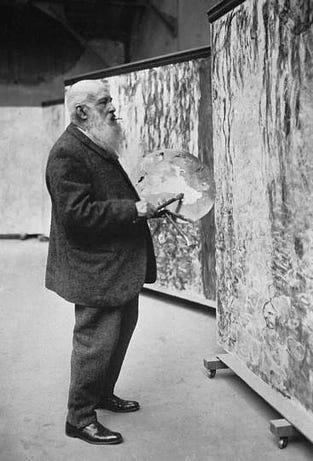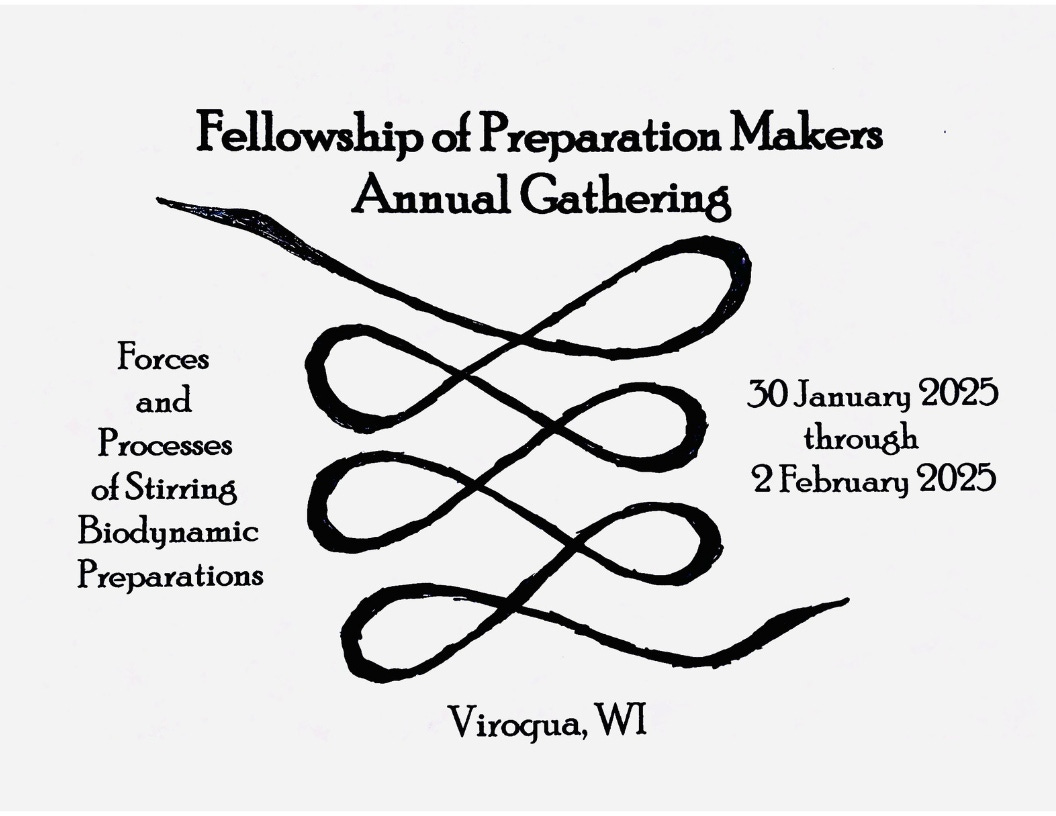TODAY on 6 December in 1273, During the Feast of Saint Nicolas, Thomas Aquinas (an earlier incarnation of Rudolf Steiner) had a mystical vision that made writing seem unimportant to him. At mass, he reportedly heard a voice coming from a crucifix that said, “Thou hast written well of me, Thomas; what reward wilt thou have?” to which Saint Thomas Aquinas replied, “None other than thyself, Lord.” Aquinas then receieved a vision which casued him to swoon. When his confessor & freind, Father Reginald of Piperno (an earlier incarnation of Ita Wegman) urged him to write about it, Thomas Aquinas replied, “I can do no more. Such secrets have been revealed to me that all I have written now appears to be like straw” Thomas Aquinas never wrote again. Thomas Aquinas, a Dominican Friar & Theologian, “The prince of Scholastics” whose Nickname in school was: The ‘dumb ox’ because he kept silence. He later became known as the ‘Angelic Doctor’ calling Mary Magdalene “The apostle to the apostles”
Aquinas, who is most renowned for his Five Ways of Proving the Existence of God, believed that both faith and reason discover truth, a conflict between them being impossible since they both originate in God. Believing that pure thought can lead the mind to God, Aquinas defended the legitimacy of reason, found especially when bringing the Christ impulse into the works of Aristotle. The philosophy of Aquinas continues to offer insights into many lingering problems in Metaphysics, the Philosophy of Mind, & the Philosophy of Religion & Ethics.
It’s interesting to remember that Doctor universalis-Albertus Magnus (an earlier incarnation of Marie Steiner von Sivers) was the teacher of Thomas Aquinas. Albertus was an alchemist, magician, philosopher, astrologer, theologian, spiritual writer, & diplomat. He was the first to comment on the writings of Aristotle (a former incarnation of Rudolf Steiner), which brought him to study & comment on the teachings of the Muslim academics, Avicenna & Averroes. Albertus then had an encounter with the Blessed Virgin Mary, who convinced him to enter the Holy Order of the Dominicans. According to legend, Albertus Magnus is said to have discovered the ‘Philosopher's Stone’ thru the transubstantiation of the sacraments, & passed this secert on to his pupil Thomas Aquinas. And so on this Feast Day of Klaasbuur, I am pondering this incarnation of Rudolf Steiner as Thomas Aquinas (& Aristotle!) who was accompanied by his 2 great friends & helpers Ita Wegman as Reginald of Piperno & Marie Steiner von Sivers as Albertus Magnus. Advent Blessings ~hag also ON THIS DAY IN HISTORY: 1926 – Deathday of Claude Monet 1959- Deathday of Emil Bock, Priest & co-founder of the Christian Community 6 December is the Feast Day of Old St. Nick, a bishop wearing his red mantle & mitre hat, sporting a long, white beard & carrying his golden shepherds crook. Legend has it that he helped the poor & calmed the seas; & on his feast day gives children who are good sweets or gifts. But beware if you are bad for black Pete, or Knecht Ruprecht, will put you in his bag & take you away to the black forest until you learn your lesson… So on the night of December 5th set out your boots & leave a carrot for his horse then go to bed & dream of doing good deeds like St. Nichplas once did… In Waldorf schools St. Nick comes into the classroom of the lower grades & shakes the hand of each child telling them what they have done well, & what they have not done so well & need to improve. This always made quite an impression on the young children to receive this gentle reckoning. The one we know of as St. Nicholas was born in 271 AD & died around December 6, 342 or 343 AD near the Asia Minor (Turkey) town of Myra, where he was Bishop. He performed many good deeds & was a friend to the poor & helpless. Upon his death, myths soon sprang up about him all around the Mediterranean Sea. He was reputed to be able to calm the raging seas, rescue desperate sailors, & save children. He was soon named as the patron saint of sailors, & when Myra was overthrown, his bones were transported by sailors to Bari, a port in Italy, where a tomb was built over the grave & became the center of honor for St. Nicholas. From here the legend spread on around to the Atlantic Coast of Europe & the North Sea to become a European holiday tradition regardless of religion. In the Netherlands, legend has it that Sinterklaas (Dutch name for St. Nicholas) arrives in the Netherlands by way of steamboat from Spain 2 weeks before his traditional birthday, December 6th, along with his helper, Zwarte Piet (Black Pete), who will help disperse the gifts & candy to all the good children. Referring to his book that lists all the good & bad children, Sinterklaas will deliver presents to all the good children, but watch out if you’ve been bad! The Low Countries (Belgium & Luxemburg) have basically the same traditions surrounding St. Nicholas, but not to the extent of the Netherlands. Children in Luxemburg call him Kleeschen, & his helper is Hoseker (Black Peter). Belgian children know him as Sint Niklaas. For families with older children & adults, different twists are added to the gift giving & may include gag gifts or the drawing of gift ideas or names, & most times are accompanied by poems with a “personal touch” that poke fun at the recipient in a gentle way (or not, depending on the families ). Wrapping the presents up in odd packages & planting a trail of clues is also part of the general fun, & can sometimes be pretty tricky to get to, depending on the squeamishness of the recipients. In Germany, St. Nicholas is also known as Klaasbuur, Sunnercla, Burklaas, Bullerklaas,& Rauklas, & in eastern Germany, he is also known as Shaggy Goat, Ash Man, or Rider & is more reflective of earlier Norse influences that were blended in with the figure of St. Nicholas, when Christianity came to Germany. After the reformation, St. Nicholas’s attire began to change, maybe as a reflection of the change from the Roman church, & he started to wear a red suit with fur. Although he still visits many homes on Dec 5th/6th & leaves candy and gifts in the children’s shoes, more recently St. Nicholas has begun showing up on Christmas Eve in Germany & is called Father Christmas. In France, he is also called Pere Noel (Father Christmas) & he travels in the company of Pere Fouettard. Pere Noel leaves presents for good children, while Pere Fouettard disciplines bad children. St. Nicholas day was celebrated formerly in Russia, but under Communism he was changed to Grandfather Frost & wore blue instead of red. In Sicily, he comes on Dec 13th with Santa Lucia. 6 December 2024 - “Speaking with the Stars Saturday 21 December - 1 pm CST - Winter Solstice w/ MAMA will be observing the ‘Silence of the Elders’ during the 2024-25 Holy NightsThe Fellowship of Preparation Makers' annual gathering, to be held this year in Viroqua, WI. Registration and further info will be posted on their page as it becomes available: https://www.biodynamics.com/content/fellowship-preparation-makers . If you want to support the Spiritualization of the Earth thru the Biodynamic Farming done on Zinniker Farm, you are invited to become a paid subscriber, with all donations going directly to the farm Greetings Friend, you currently a free subscriber to Cognitive Ritual. Thank you for receiving my workings freely offered. For the full experience, upgrade your subscription. ALL donations go to support Zinniker Farm - The oldest Biodynamic Farm in America! Together we can spiritualize the Universe. XOX ~hag |
Friday, 6 December 2024
"Beware the person of one book"
Subscribe to:
Post Comments (Atom)
The Easterlin Paradox In Economics — Why GDP Growth Doesn’t Make Societies Happier
An essay examining the Easterlin Paradox and its implications for economic growth and societal well-being ͏ ͏ ͏ ͏ ͏ ...
-
Fresh Manna with Pastor Tim Burt A Note from Pastor Tim Tim here. I'm so glad you...



















No comments:
Post a Comment